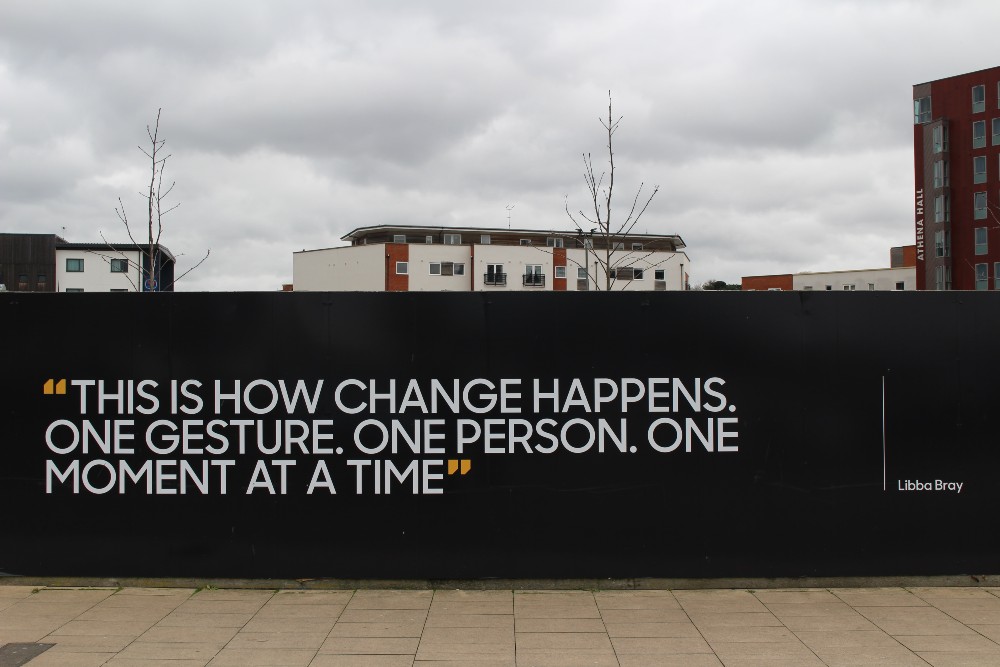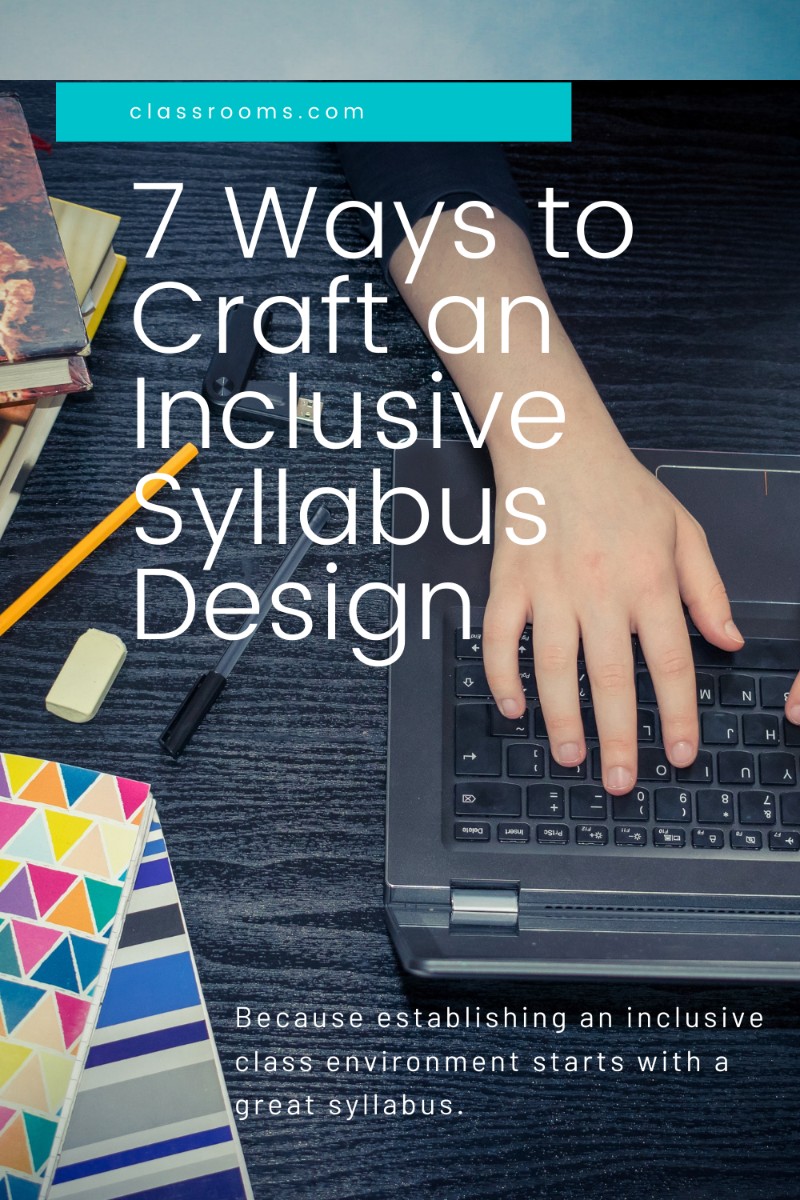
We are a reader-supported education publication. When you buy through links on our site, we may earn an affiliate commission to help us keep providing content.
With any great course should come an outstanding syllabus design. It’s the first opportunity you’ll have to give an impression of the class. Use it to lay out responsibilities and expectations, but also provide a schedule of topics to discuss.
The syllabus ultimately acts as a contract between the students and the teacher, creating a partnership. Participants connect and grow their understanding of the course’s purpose and gain an inside look at the materials. This document frames the class’s entire structure, which is why it’s crucial to implement inclusive measures.
How Does Inclusivity Relate to Your Syllabus?
Inclusive practices aim to consider everything by providing equal access and opportunities. An inclusive syllabus will evaluate the terms, limits, and extremes of the course and its students to craft material that is challenging but attainable and inspiring.
Keep reading to learn seven ways you can make your syllabus design inclusive.
1. Craft a Learning-Centered Syllabus
A learning-centered syllabus takes into account the depth of student knowledge and how your course will effectively support student learning. You’ll be shifting into the student’s perspective. Instead of viewing it as a map of the course material, you’ll be considering how you can promote intellectual development through the tools and information provided.
Each portion of the syllabus design should reflect this learning-centered approach, which creates an inclusive environment for student learning.

2. Keep it Gender Neutral
Use gender-neutral words whenever possible. You may find that it’s easiest to craft the material from a second-person perspective to avoid gender-based pronouns. Utilizing a second-person view may help remove the distance between yourself and your student, making you seem approachable.
You could also use third-person if you are aiming for a formal or scholarly tone. If you decide to write from this perspective, then be inclusive with your wording. For example, use he and she rather than choosing only one pronoun. However, it would be best to include use gender-neutral words, like everyone, because some individuals identify as nonbinary.
3. Include Comprehensive Accommodation and Diversity Statements
Most universities have standard statements to describe their accommodation of individuals with physical, medical, or learning disabilities. Include these statements in your syllabus and contemplate adding additional considerations for those with religious beliefs or unique situations that might conflict with class participation. You could review circumstances and make judgments on a case by case basis.
Explore adding a diversity statement to your syllabus design. This declaration affirms your belief that all students have value and their differing perspectives and welcomed. The diversity statement sets standards for behavior and expectations regarding civil discourse. Additionally, it signifies respect for people of different backgrounds and encourages sincere conversation.
4. Integrate Valuable Resources
Encourage your students to seek help when needed and practice self-care. Provide valuable resources that students can use to be successful both academically and personally. These resources might include links to useful web materials, glossaries of technical terms, or academic and personal support on campus.
If your school offers free counseling services or other resources, include them in this section to provide additional support.

5. Exercise Supportive Course Policies
Every syllabus requires a section on course policies — where else would you include topics like attendance, participation, and classroom procedures? Your course policies are expected to encompass a wide range of topics, so you must ask yourself how to frame these policies to help students understand the rationale.
Your policies should support their learning and help them to become active students. Use language that encourages them to embrace active learning, participate, and ask questions. Contemplate moving your policies section to a prominent part of the syllabus, rather than tacking it on the end.
Provide explanations for how your policies help students. Promote your office hours by offering flexibility and emphasizing the purpose of meeting outside standard hours. Many students might be confused, so try to provide clarification to complicated terms.
Encourage students to reach out if they have questions and integrate helpful resources throughout the entire document.
6. Create an Accessible Syllabus Design
Your syllabus design should be straightforward and easy to navigate. Utilize bolded heading and break down sections into easily digestible parts. Create a digital version to publish online.
Google Docs is an outstanding resource because documents created using the software work with braille devices, screen readers, and screen magnification. These features immediately make your paper more accessible to students.
7. Review Tone and Reading Level
Your syllabus should inspire your students and yourself. The material and structure should feel relevant, and your wording and tone should be encouraging. Acknowledge the limits of your student’s knowledge and craft a product that matches their reading level and comprehension of technical terms.
While you should remain concise, you want it to be comprehensive enough to be an accurate resource and guide for the audience. The average adult in the U.S. reads at a 7th to 9th-grade level, so it’s better to keep your writing simplistic when in doubt.
Every Action Has an Effect
As a professor, you act as a role model to your students, and it is your responsibility to treat them with fairness and respect. Your actions demonstrate the behavior that is deemed acceptable to society, so prioritizing inclusivity acknowledges its importance. Remember to use these seven ways to ensure your syllabus design is inclusive.

latest in learning!
Get the latest updates in learning, teaching and everything in between! Whether you're a student or an educator, we offer the inspiration you need to fuel your classroom experience.








